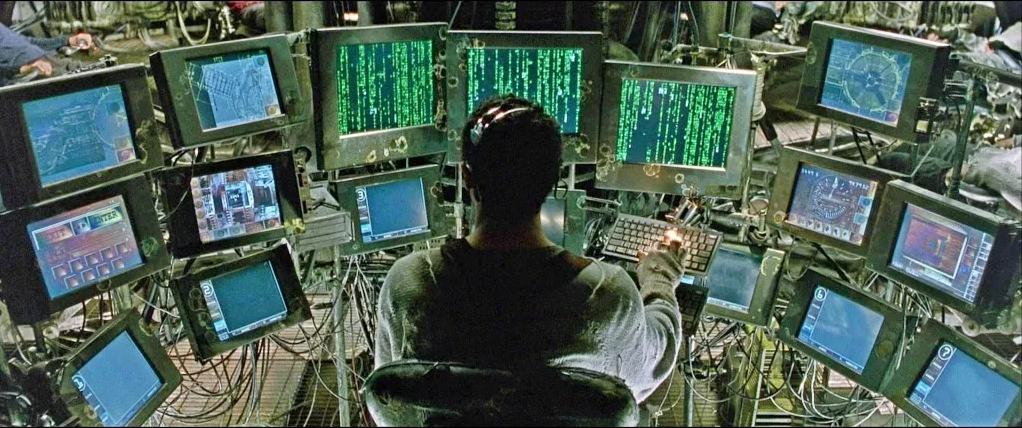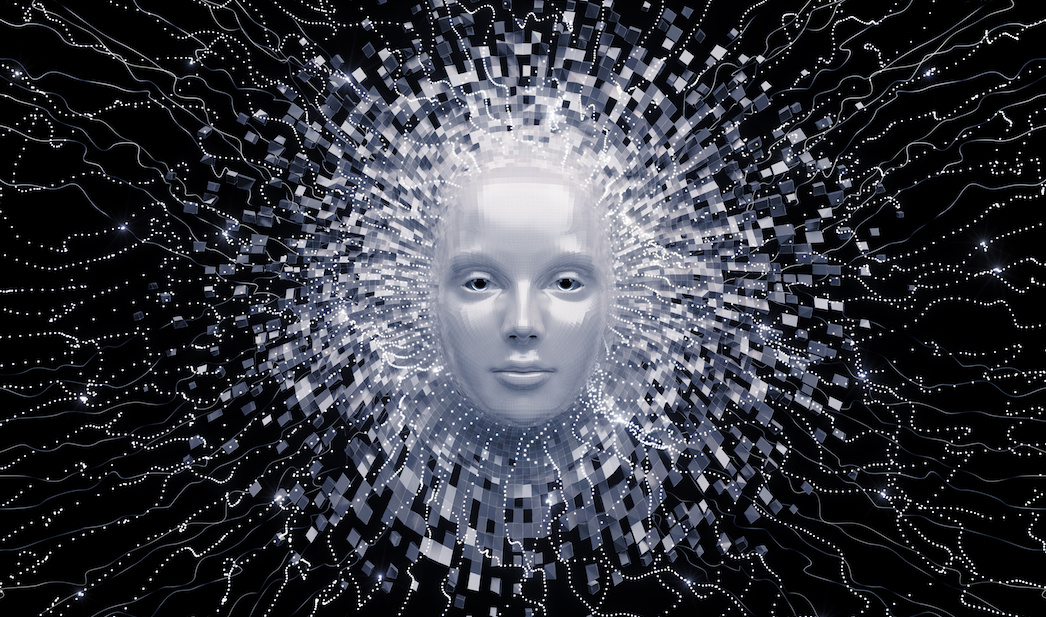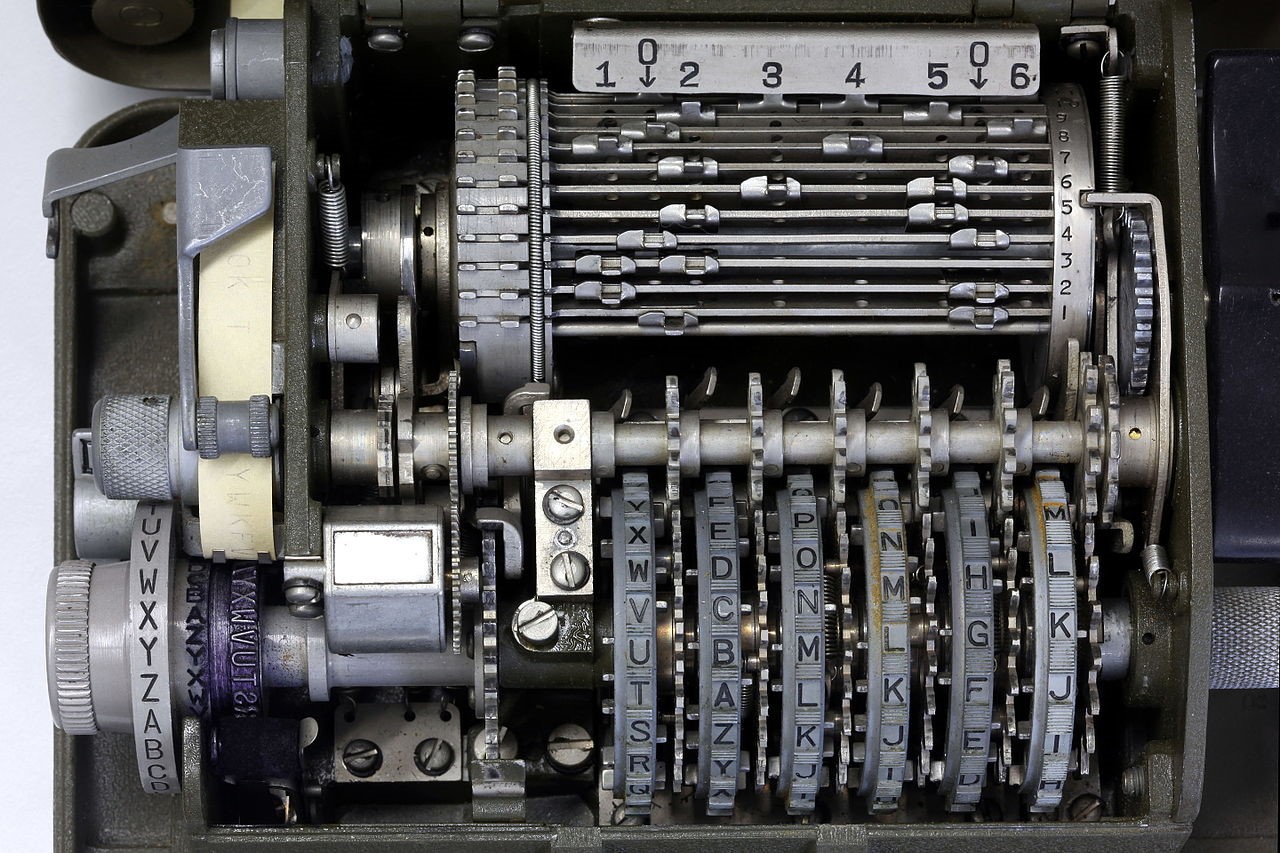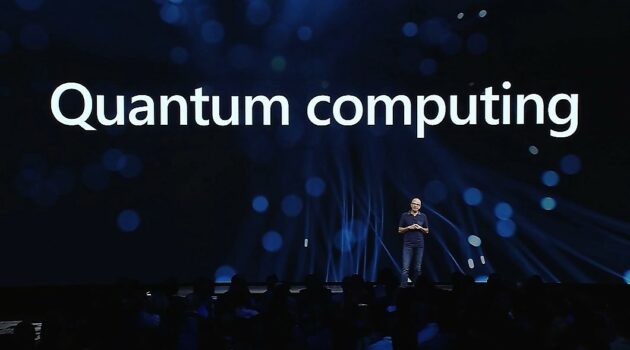Quantum computers have gradually migrated from “natural” quantum objects like ions and quantum dots to “artificial” objects like transmons, where natural frequencies of LC circuit mimic energy levels. Coaxial cables attached to such circuits excite the system, read their state, and adjust their properties. They are still quantum objects and operate at low temperatures.
I wondered if a similar system can be built with large “classical” mechanical objects. Here I demonstrate 2 -qubit quantum computer built of coupled pendulums.






